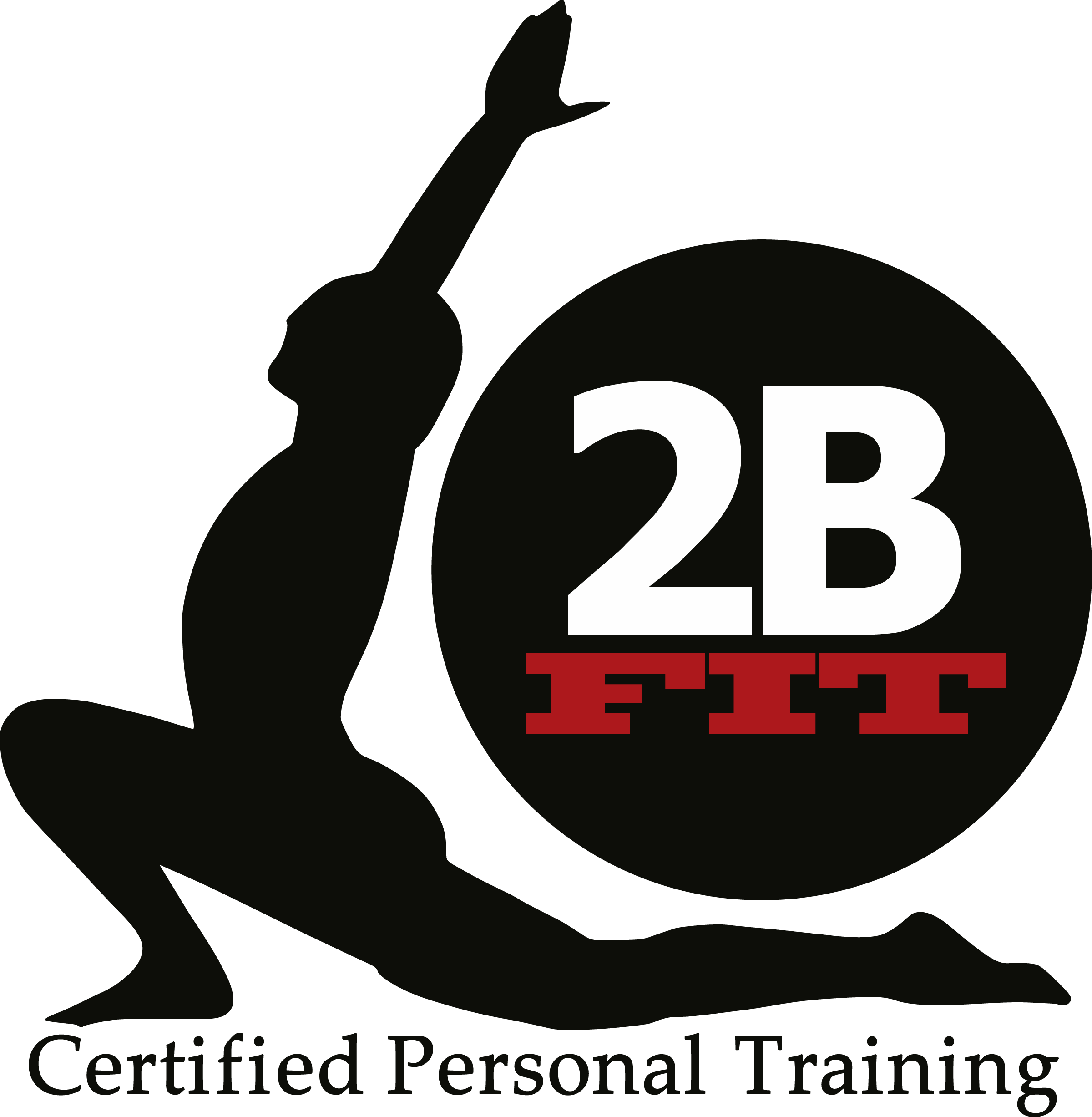10 Tips For Fat Loss
What’s your No. 1 goal for fitness and healthy eating?
If you’re like most people, it might be to lose weight.
Or, more specifically, to lose fat.
It’s possible after 50, for sure. Still, our metabolisms slow down as we get older, even as it becomes more important than ever to keep a healthy weight and minimize the risk of high blood pressure, type 2 diabetes and other health problems.
Follow these expert tips for slimming down at any age.
No. 1: Lift weights or practice some form of resistance training
Humans lose muscle mass with age. It’s a simple fact. But we need muscle to maintain our metabolism, bone health, independence, and protection against falling. Strength training includes weightlifting and working out with resistance bands or your body weight. Call today if you need help with implementing a weight training program.
No. 2: Focus on fat loss, not weight loss
Too many times we get frustrated by focusing solely on the scale. But there’s more to maintaining a healthy weight and lifestyle. It’s better to focus on body fat, not just weight, which can be a deceptive indicator.
The bathroom scale ( or the doctors scale) simply tells you how much you weigh not the ratio between lean muscle and body fat. If you’d like to learn your actual body composition give me a call to set up an assessment.
No. 3: Watch What You Drink
Stop drinking sodas, even “diet” sodas. Consume plenty of water throughout the day. Tea and coffee are OK. But if you drink alcohol, do so in moderation only.
No. 4: Eat enough protein
Protein is the building block of muscle. Mature adults need more of it than younger people because our bodies aren’t as efficient at using protein to build muscle so be sure to get plenty of fish, soy, eggs, lean meat, legumes, proper plants, etc.
Protein tissue accounts for 30% of whole-body protein turnover but that rate declines to 20% or less by age 70. The result of this phenomenon is that older adults require more protein/kilogram body weight than do younger adults. Protein and older adults – PubMed https://pubmed.ncbi.nlm.nih.gov › …
Need help with this? I’m here for nutrition coaching. But don’t expect “here’s a meal plan, go eat this” Instead I’ll work with you to create healthy habits tailored to you that are easy to implement AND sustain for lasting changes you will see, and feel.
No. 5: Move Your Body
It’s no secret: Burn more calories than you consume. That means moving your body – and the World Health Organization recommends at least 250 minutes a week, broken up into as many pieces as you like.
No. 6: Take It Easy
Stress releases cortisol, which contributes to all kinds of trouble, including weight gain. Meditate. Breathe. Laugh, Read a book instead of staring at an electronic screen.
No. 7: Prioritize Sleep
Research proves that people who consistently get a good night’s sleep are less likely to gain weight. If something’s keeping you up at night, ask yourself and your partner – and maybe your doctor – what might be contributing to it. A new medicine, worries, a change in hormones?
No. 8: Pay Attention
Plan meals. Keep healthy snacks, like nuts and fruit handy so you’re not tempted by candy or other junk. At mealtime, don’t stuff yourself; slow down and eat until you’re mostly satisfied. Remember, it takes 20 minutes for your brain to ‘catch up’ with your stomach.
No. 9: Prepare Your Own Meals
Get plenty of vegetables, fruits lean protein, whole grains and healthy fats. Be mindful of what you’re preparing, and remember at-home meals are generally healthier than what we find at restaurants.
No. 10: Hire A Personal Trainer ( hopefully Me:-)
You’ll get better results when you work out at least once a week with a trainer. Virtual is fine. Small groups are fine. You’re looking for that expertise and accountability.
Call 2BFit! Together, we’ll get you to a healthy lifestyle and the right weight range for you.
Sources: WebMD, AARP, Healthline
